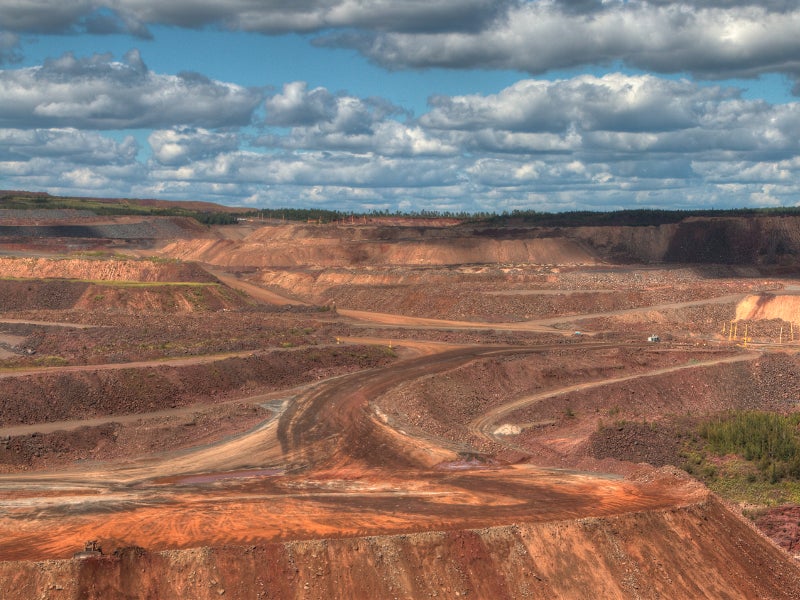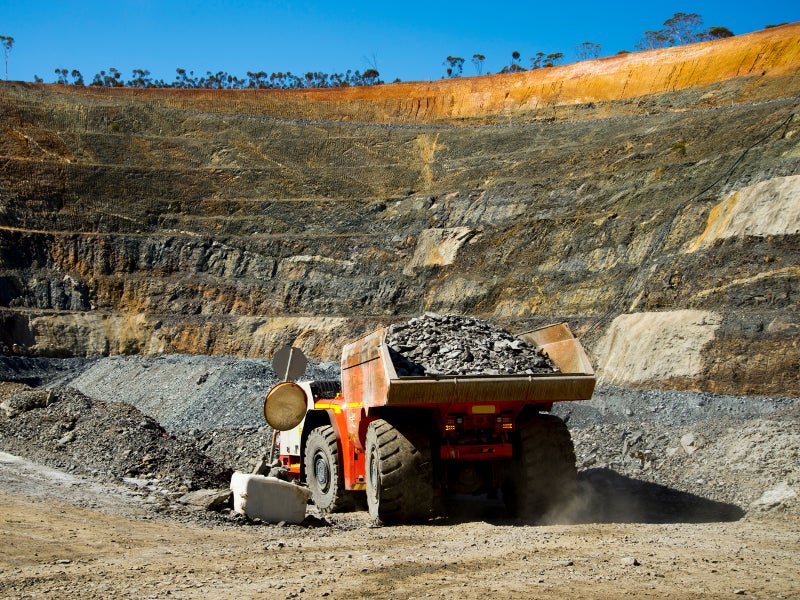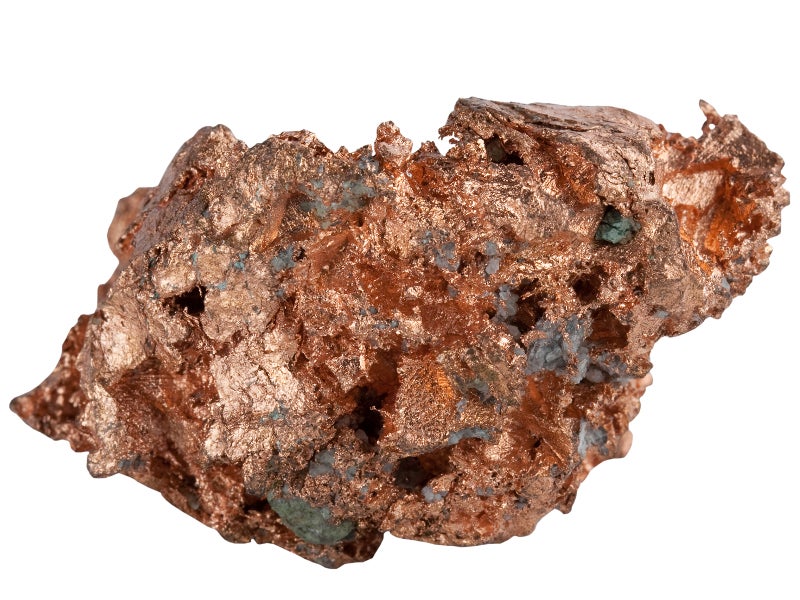Twin Metals Minnesota is an underground mine located near Ely, Minnesota, US. Twin Metals Minnesota, a joint venture of Duluth Metals (60%) and Antofagasta (40%), is the owner and developer of the project. The mine will produce copper, nickel, platinum group metals (PGM), and cobalt.
The project will be Minnesota’s first underground mine operation since 1967. The pre-feasibility study (PFS) for the project was completed in 2014. Estimated to involve an investment of $1.7bn, the project is expected to have a mine life of 30 years.
The Twin Metals project is expected to generate 700 full-time and 1,400 indirect jobs in the region, once operational. The mine plan for the project was submitted to the US Bureau of Land Management (BLM) for review in December 2019, while construction is expected to be started in 2022.
Twin Metals Minnesota project location, geology and mineralisation
The Twin Metals Minnesota project is situated in the eastern edge of the Mesabi Iron Range, which has been home to iron ore mining for more than 100 years. The site is also located in close proximity to eight large operating taconite mines.
The project is composed of four deposits, namely Maturi, Maturi Southwest, Birch Lake, and Spruce Road. All the deposits are situated within the Duluth Complex, which is a composite intrusion formed by 12 sub-intrusions. The deposits are hosted in the basal portion of the South Kawishiwi intrusion (SKI), which is known as the basal mineralised zone (BMZ) of more than 1,000ft-thick.
The BMZ at Maturi and Maturi Southwest is further divided into four stratigraphic units on the basis of geochemical and geological similarities. The mineralisation predominantly consists of chalcopyrite, pentlandite, cubanite, and pyrrhotite comprising base and precious metals-bearing trace minerals that are distributed throughout BMZ.
Twin Metals Minnesota project reserves
The proven and probable ore reserves of the Twin Metals project are estimated to be 527Mt grading 0.59% copper (Cu), 0.19% nickel (Ni), 0.154 parts per million (ppm) platinum (Pt), 0.350ppm palladium (Pd), 0.09ppm gold (Au), and 2.15ppm silver (Ag).
Contained metals are estimated to be 2.81 million tonnes (Mt) of Cu, 0.9Mt of Ni, 2.4 million ounces (Moz) of Pt, 5.4Moz of Pd, 1.3Moz of Au, and 33.1Moz of Ag.
Mining and ore processing for Twin Metals Minnesota project
The longitudinal longhole retreat (LLR) method will be used for mining at the Twin Metals Minnesota nickel and copper project. The ore will be drilled and blasted for crushing at the underground crushing station. The crushed material will be delivered to a decline conveyor through a transfer conveyor, which will be connected underground to Maturi Southwest.
The conveyor will transport material from the crushing station to the coarse ore stockpile. Trucks will haul the ore to the underground crushing station, while waste will be dumped into mined-out production stopes. The mined ore will be transported to the surface and stockpiled for processing.
The run-of-mine (ROM) feed will be processed in the open circuit of a primary crushing plant, which will include a single gyratory crusher. An overland conveyor will transport the crushed ore to the coarse ore primary crushed stockpile, from where the ore will be discharged into feeders inside the reclaim tunnel. The conveyor will then transport the ore from feeders to the primary semi-autogenous grinding (SAG) mill.
The copper and nickel concentrates will be thickened and sent for filtration, where two separate press-type filter circuits will produce a filter cake product. The filtrate from both the filters will be combined and sent to a clarifier before returning to filtration stage. The nickel and copper concentrates will be dewatered using concentrate thickeners for producing thickened concentrates.
The moisture from the concentrates will be removed and the final product sent to the rail load-out facilities before being packaged and shipped to customers by rail cars.
Infrastructure facilities
The Twin Metals Minnesota project can be accessed through State Highway 1 from Ely town. It can also be approached by road from the town of Babbitt. Electricity for the project will be supplied from an off-site substation through a transmission corridor.
Water for the project will be sourced from the Birch Lake reservoir, while the mine will also use groundwater and stormwater that flows into the site.
Contractors involved
The PFS report for the project was prepared by AMEC, while the mining study for the PFS was conducted by SRK Consulting.
Itasca performed the geomechanical analysis of mine design as well as provided predictions of groundwater inflows into the mine.
The tailing and mine paste backfill pre-feasibility study for the project was conducted by Golder Associates, while Wood Mackenzie prepared a market analysis report for the Twin Metals project.





